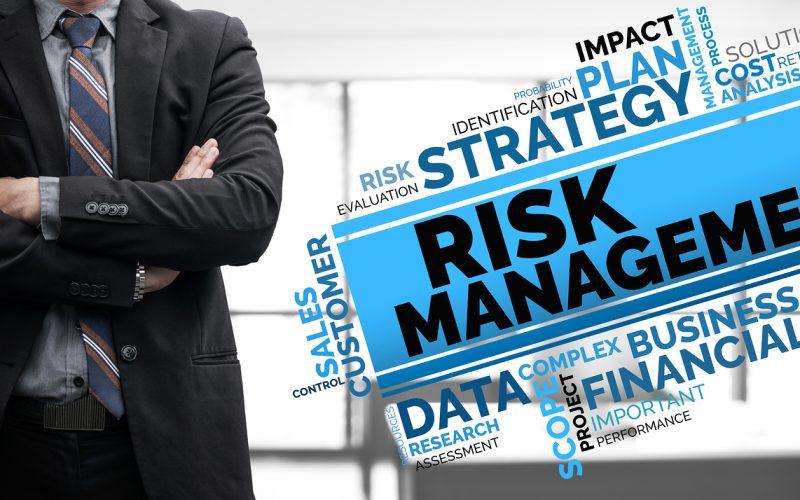
Almost all businesses need to take risks to sustain themselves in this competitive world. However, these risks require to be managed well to reduce their impact. If you fail to do it correctly, then you tend to confront more hassles and troubles. Due to these reasons, every business requires risk management and risk treatment. Having the right risk management plan in your hands helps you to achieve your business goals easily.
Advantages of risk management
Risk management is a vital discipline across companies. It is a vital part of project management. Recently, many companies have started to realize the advantages of having effective risk treatment plans. You will get both long-term and short-term benefits for implementing the systematic risk management plan. In the following section, you will get to know about everything.
- Risk management and treatment is not a single time activity. Constant risk monitoring and review of the plan ensure a successful business strategy. It helps you to learn lessons for the best risk management strategies in the upcoming years.
- It helps you become aware of the significant risks, and thus, you will avoid the hassles of complete failure. Identifying the potential risks helps you to find the best solution.
- The defensive approach to the threats and risks in the project via risk management. It results in comprehensive cost savings and prevents wastage of effort and time.
- It helps you to discover the opportunities and prepare well for them. So, you will grab all the major benefits.
Uses of the risk treatment plan
The risk treatment plan is a comprehensive project for implementing the risk treatment recommendations. It is nothing but the list of safeguards, which may be implemented and operated to minimize the likelihood and impact of the residual risks. It includes developing a wide range of options for reducing the risk.
You will assess those options and then plan the plan of attack via your risk treatment strategy. It helps you to begin implementing controls. It establishes the priority for the control measures to treat various risks. Three standard levels are out there in the risk plan. It includes high risk, medium risk, and low risk.
By applying the level to every risk you find in the risk assessment, take the necessary steps to balance everything properly. Use the right resources and technologies to mitigate the risk and its impacts. Once you determine the risk level, you have to tackle the right treatment plan for every level. According to the type of risk, you have to choose any one of the following treatment options.
- Accept
- Transfer
- Mitigate
- Avoid
For every risk discovered in your risk assessment, you must have the digital, document, or print. It should outline your program. At first, specify the selected risk treatment option and then outline your approach to treat the risk.
Do not forget to highlight the relationships with other risks. Have the designated person who is accountable for monitoring and reporting the progress of the risk treatment. Finally, set the deadlines and document every step. It helps you to understand the overall process and steps to take to avoid hassles.
Riskcom is highly responsible for offering your supportive risk treatment and solution. Experts here are rendering the smart, quality, and effective service within your budget.





